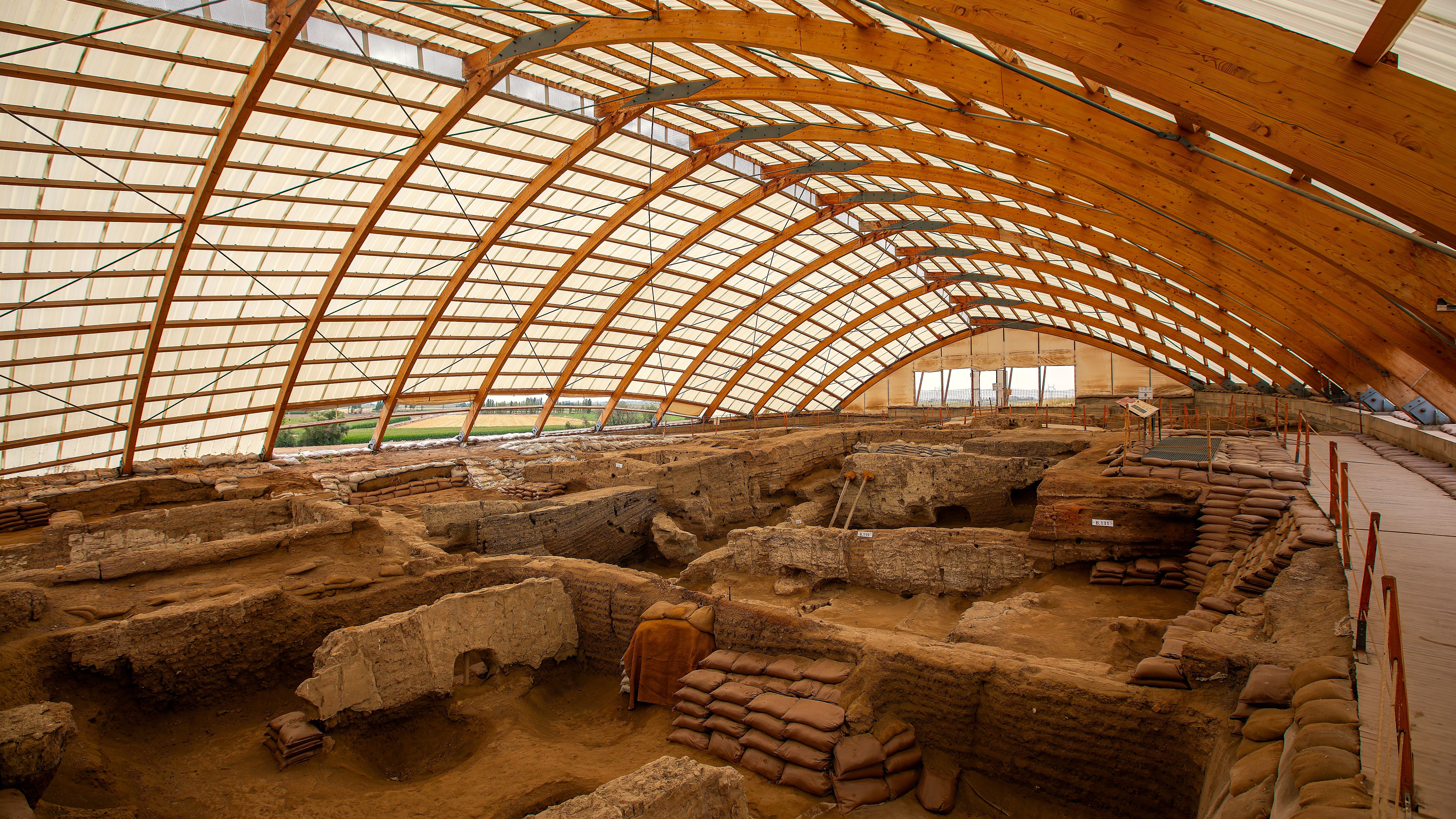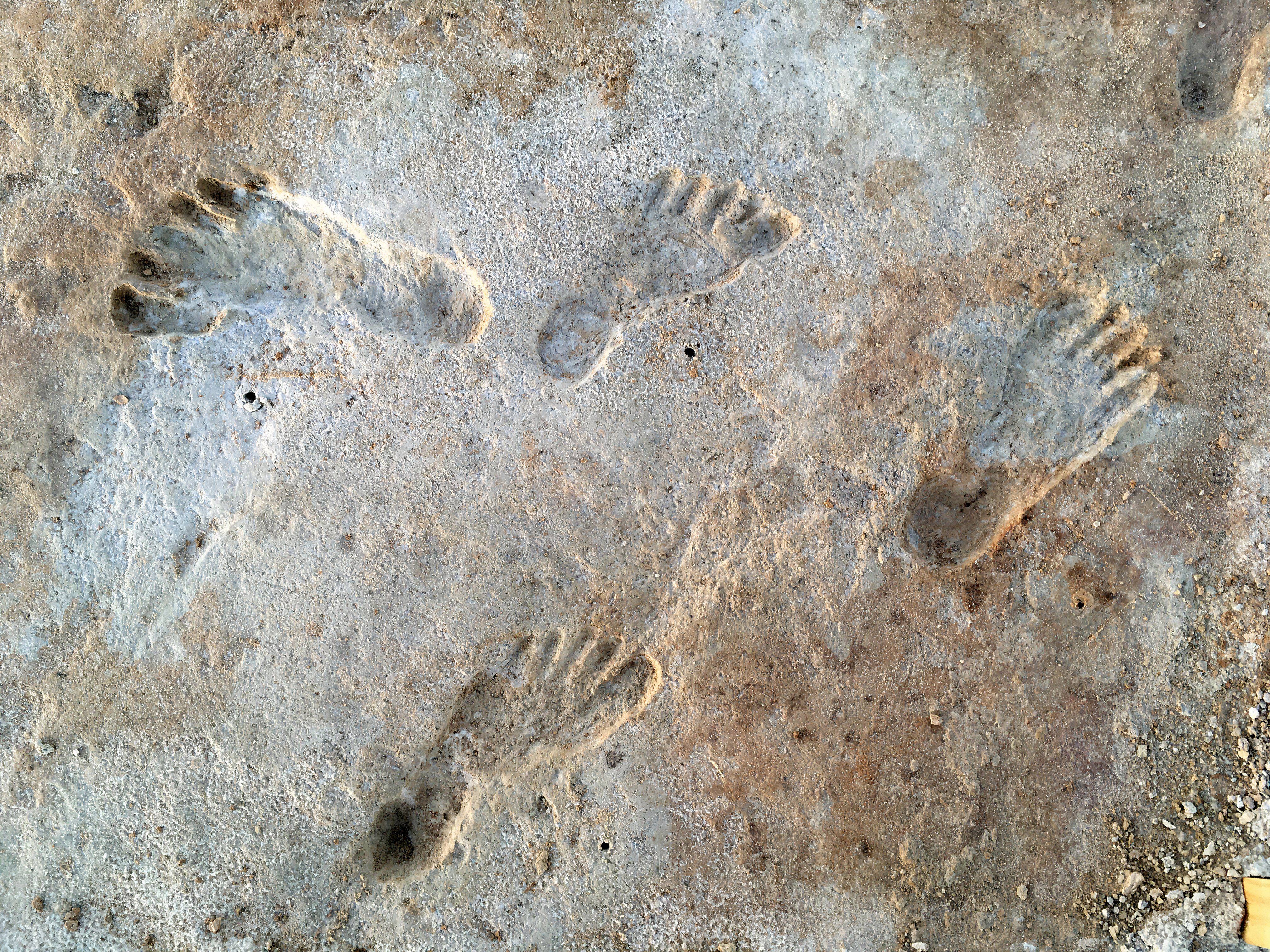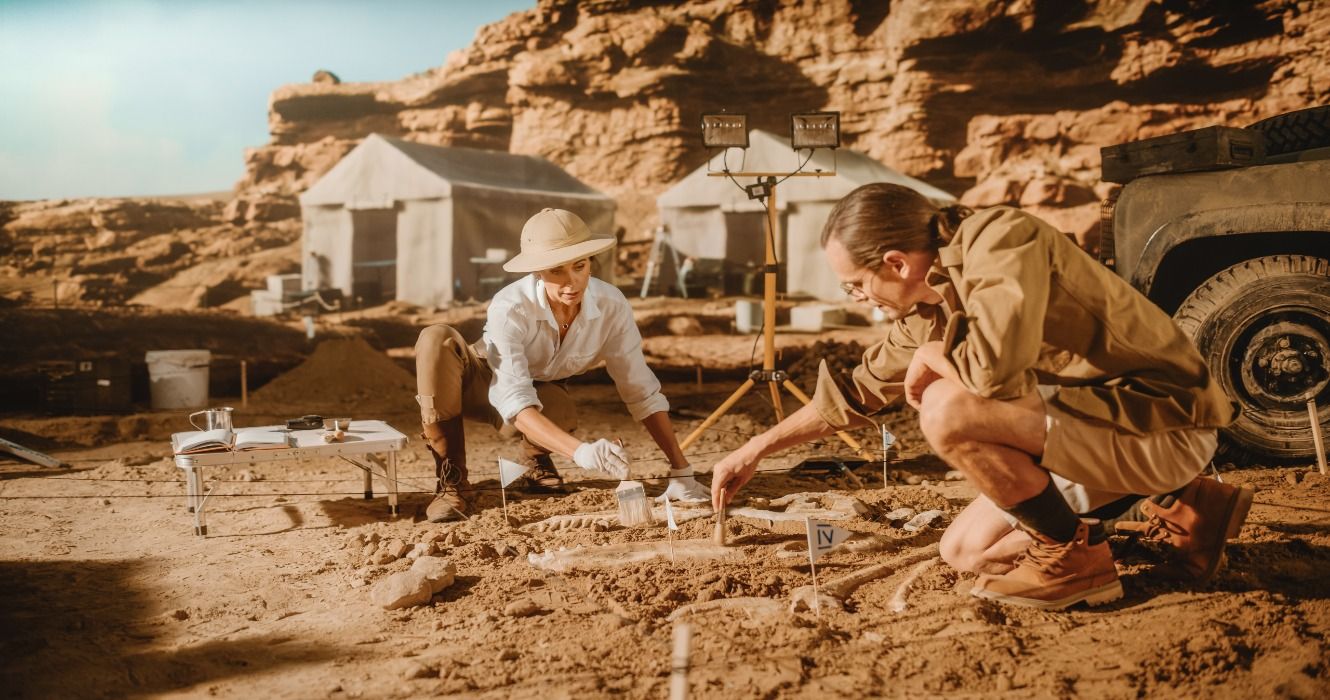The best places to see fossils in the USA help us appreciate paleontology from our own perspective. The world of paleontology continues to make remarkable discoveries that change our understanding of Earth’s ancient past.
From prehistoric human relatives to giant extinct creatures, these fascinating fossil finds have left scientists and researchers in awe, providing crucial insight into the evolution of life on our planet.
Many of these fossil finds are not as easy to decipher as the rare 80-million-year-old fossils of a giant Apex predator found in Texas. This collection of incredible discoveries spans different continents and time periods, each telling its own unique story of survival, adaptation and extinction.
From chance encounters by young fossil hunters to dedicated scientific expeditions, these eight remarkable finds have greatly contributed to the field of paleontology and our knowledge of prehistoric life.

Connected
8 The sea discovery of the young explorer
Christmas Day reveals prehistoric maritime history
During a Christmas Day 2022 expedition to Calvert Cliffs State Park, where hiking and shark tooth hunting are common activities, what began as a simple wade through shallow water turned into a remarkable paleontological discovery.
The massive tooth found by young Molly Sampson is one of the best-preserved specimens of the megalodon shark, offering valuable insight into these ancient marine predators.
This discovery provided researchers with additional data points to study the feeding habits and size estimates of these prehistoric sharks, while highlighting the importance of citizen science in paleontological discoveries.
7 An ancient forest in the arctic depths
Tropical remains appear in frozen territory
Svalbard is known for its long nights and our questionable ability to live in one of the darkest places on Earth, but it’s also home to a significant scientific discovery. The discovery of a preserved tropical forest in the Arctic landscape of Svalbard has revolutionized the understanding of Earth’s ancient ecosystems.
The fossilized stumps with distinctive hatched trunks and reaching heights of up to 12 feet represent one of the oldest known forests on Earth. These preserved remains offer crucial insight into prehistoric climates and continental drift, demonstrating how dramatically Earth’s geography has changed over millions of years.
6 The Human Revelation of the Rising Star
The deep cave system yields primitive human species
This particular site may not be among the many unique attractions to visit in South Africa, but it probably should be. The 2013 discovery in South Africa’s Rising Star cave system marked a watershed moment in human evolutionary research.
Excavation of over 1,500 bones representing at least 15 individuals led to the identification of Homo ice creama previously unknown human species. These ancient hominins, with their unique combination of primitive and modern features, have fundamentally changed scientists’ understanding of human evolution. They are also believed to be the first hominid species to bury their dead.

Connected
7 Archaeological Sites You Didn’t Know Existed In America
When we think of archaeology, it may conjure up images of faraway adventures, but there are some remarkable archaeological sites right here in America.
5 The ancient inhabitant of Luzon
Philippine cave reveals prehistoric human species
In the depths of Callao Cave on the island of Luzon, the discovery of ancient human remains rewrote the history of human evolution in Southeast Asia.
The 67,000-year-old fossils, including a leg bone and other skeletal remains, led to the identification of Homo luzonensis in 2019. These findings demonstrate the complex nature of human evolution and the diversity of ancient human species in Asia.
4 A giant penguin from the past
Students uncover prehistoric bird species
There are many places where you can see penguins in the wild today, but this discovery would be scary to encounter. A 2006 fossil-hunting excursion led to an extraordinary discovery in Kauia Harbour, on New Zealand’s North Island, when schoolchildren found the remains of an ancient species of penguin.
Named Kairuku waeweroa and described in 2021, this prehistoric penguin was significantly taller than its modern relatives. The discovery provides valuable insight into the evolution of penguins and the diversity of ancient bird species.
A four-year-old notices a trail of ancient dinosaurs
A coastal walk in Wales led to an extraordinary discovery when young Lily Wilder spotted what experts would later declare to be one of Britain’s finest dinosaur footprint fossils.
A 220-million-year-old footprint made by an unknown herbivorous dinosaur represents a significant contribution to understanding dinosaur populations in prehistoric Britain.

Connected
The latest archaeological discoveries in the world
These are some of the world’s most recent major archaeological finds, from coins found in Kentucky to treasure-laden shipwrecks.
2 The Sauropod Mystery of Queensland
Discovered skull maps ancient migration
The discovery of a remarkably complete sauropod skull in Winton, Queensland, has provided unprecedented insight into dinosaur migration patterns.
Nicknamed “Ann” and belonging to Diamantinasaurus matildaethis 95-100 million-year-old fossil has helped scientists trace ancient migration routes across Antarctica, revealing surprising connections between South American and Australian dinosaur populations.
1 The Legacy of the Chinese Giant Rhinoceros
A massive mammal emerges from an ancient pool
The study of fossils from China’s Linxia Basin led to the identification of Paraceratherium linxiaenseone of the largest known land mammals.
This species of hornless rhinoceros, weighing as much as four African elephants, represents a crucial discovery for understanding the evolution and distribution of the massive land mammals in ancient Asia.

